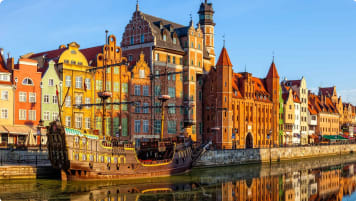Wroclaw, Poland
Learn about the historic city of Wroclaw. Located in Poland's Lower Silesia Region, it has seen the passage of some of Europe's most dramatic history. Odyssey offers small group tours for mature and senior travellers couples and solo travelers to Wroclaw and Poland.
6 Nov 20 · 7 mins read
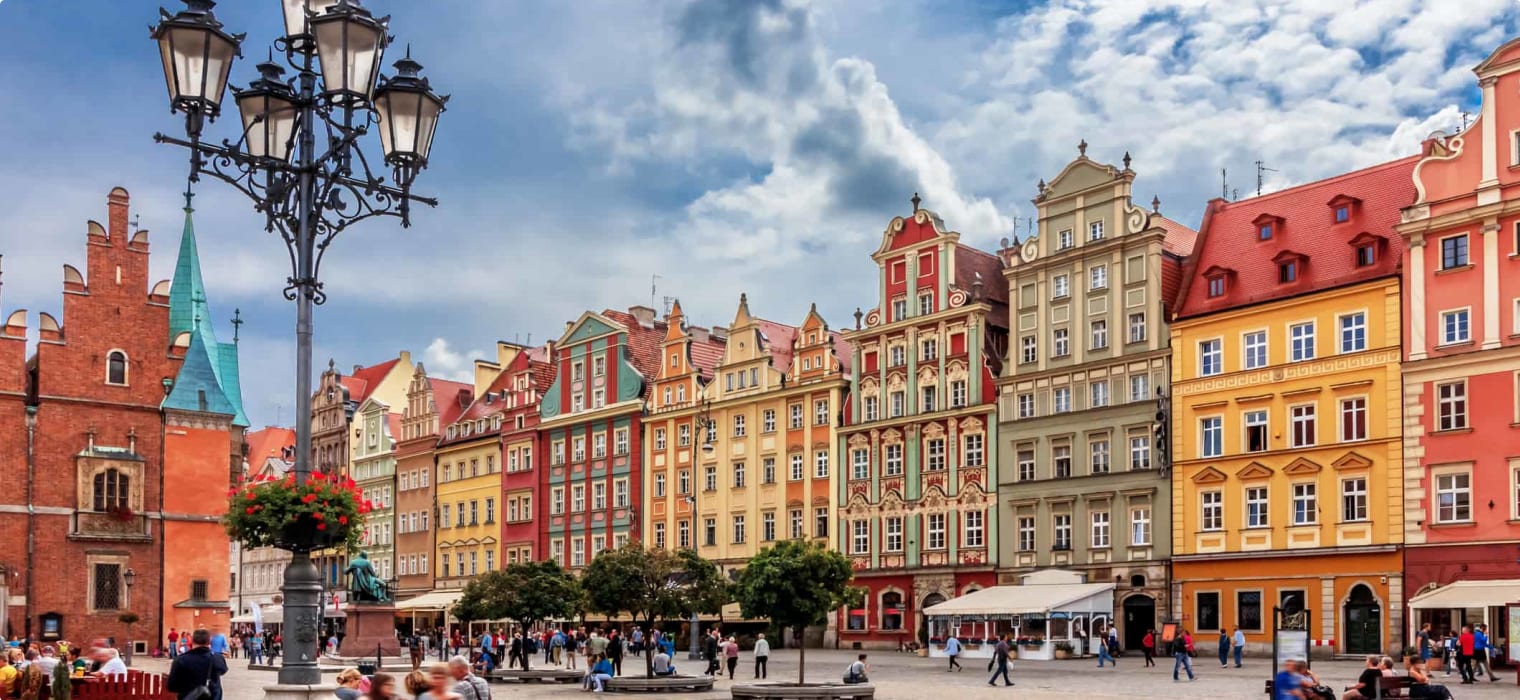
Wroclaw, Poland
Wroclaw (pronounced Vroths-Wahf), is a Polish city located on the banks of the Oder River, and is part of the country’s Lower Silesia region. Wroclaw is the fourth largest city in Poland with a population of roughly 640,000, and is by far the demographically youngest city in the country, due largely to the presence of the city‘s renown Wroclaw University. Wroclaw is a city with an amazing history, much of which is due its location at the crossroads between major European powers, as well as its position as Central Europe‘s most fertile agricultural region. These geographical features made for a history that saw Wroclaw integrated into almost every major power in Central Europe at one point or another. While much of the city was unfortunately destroyed during World War II, restoration and reconstruction has restored much of Wroclaw‘s façade, featuring stunning gothic architecture as well as several major landmarks across the city. Today’s Wroclaw is a cultural and intellectual hub, with a vibrant nightlife scene, and a flourishing café and restaurant culture.
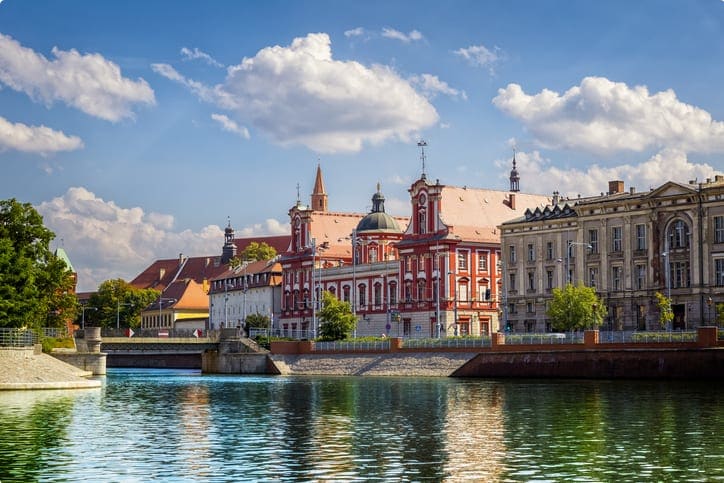
Early History and Middle Ages
Early settlement in the area surrounding Wroclaw traces back as early as the 2nd century AD, with the area intersecting a junction along trade routes travelling between the Roman Empire in Western Europe, and the Baltic and Black Sea regions to the east. Following the ensuing period of large European migrations, the region was settled by a Western Slavic group known as the Slezans, for which the ‘Silesia‘ region would later be named. The city‘s origins in first accounts around the 10th century AD were Bohemian, with its name being owed to the Bohemian Duke Vratislav I, for whom the city was his stronghold. Following the conquest of the territory by the Kingdom of Poland around 1000 AD, the name was changed to the Polish variant of Vratislav’s name, Wrotizlava, an early version of today’s Wroclaw. Following Polish conquest, the city was designated as a Bishopric, and centred around the ‘Ostrow Tumski‘ or Cathedral Island, located in today’s old town.
Polish rule in the region persisted for several centuries, and despite intermittent warfare with the nearby German states, became quite prosperous during this time. However, this era came to an abrupt end with the invasion of the Mongolian Golden Horde around the mid 13th century, whereby the city was razed and abandoned as part of a scorched earth campaign against the invading forces. This, in combination with the devastating effects of the Black Death, left the city largely abandoned, until it was again resettled by German settlers, and came to be known more commonly as ‘Breslau‘. From this point until the end of World War II, the city became increasingly characterised by its large German population, though it remained a highly multicultural commercial hub throughout its history. Breslau exchanged ownership between Poland, Bohemia, and Hungary between the 14th and 15th centuries, and even joined the city-state network of the Hanseatic League for a duration, before falling under the rule of Habsburg Austria in the early 16th century.
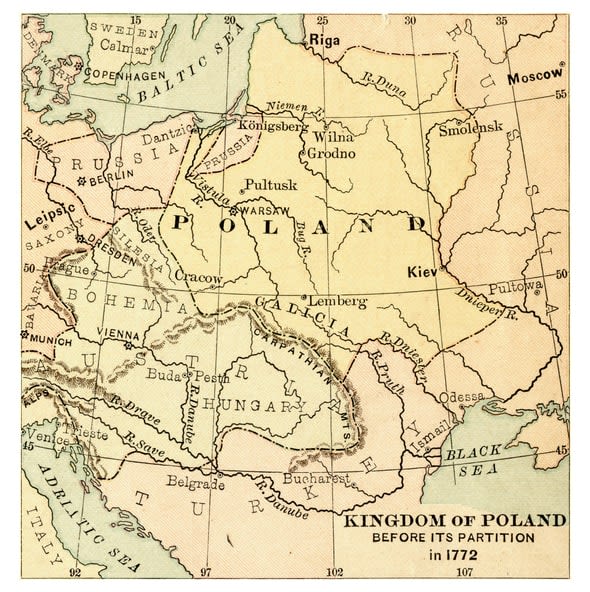
Early Modern and Renaissance Era
Habsburg rule in the Lower Silesia region was an era with a mixed legacy. Much of this time period was marked by the struggle between the reformation and counter-reformation in Europe at the time, with Breslau remaining an entrenched Protestant city, despite being ruled over, and surrounded by numerous Catholic powers. The landscape of the city was marked by this struggle, with religious edifices springing up across the city, and defining much of its architecture and landmarks until their destruction in the 20th century. Breslau also saw devastation in the wake of the Thirty Years War, as well as an outbreak of plague which nearly halved the city‘s population. Despite this, Breslau remained an important and prosperous state, due in no small part to the region’s agricultural importance, serving as the bread-basket of Central Europe at the time. Silesia next same into the possession of Prussia in the year 1742, which conquered the province from Austria during the War of the Austrian Succession. This conflict marked a major turning point in European history, solidifying the ascent of Prussia as a Great Power under the famous Frederick the Great, as well as the decline of Habsburg Austria as the leading German power in Europe.
The Napoleonic wars had a visible effect on the landscape of Breslau in the early 18th century, with its occupation under the Confederation of the Rhine seeing the razing of the city‘s existing fortifications. Ironically, this served mostly to aid Breslau in developing and expanding beyond its original city limits, becoming more populous and productive throughout the period of industrialization. For the remainder of the 18th and 19th centuries, Breslau continued to grow and prosper, becoming an important industrial city, as well as a centre of intellectual and cultural life, eventually becoming the sixth largest city in Germany upon Prussia leading its formation in 1871.
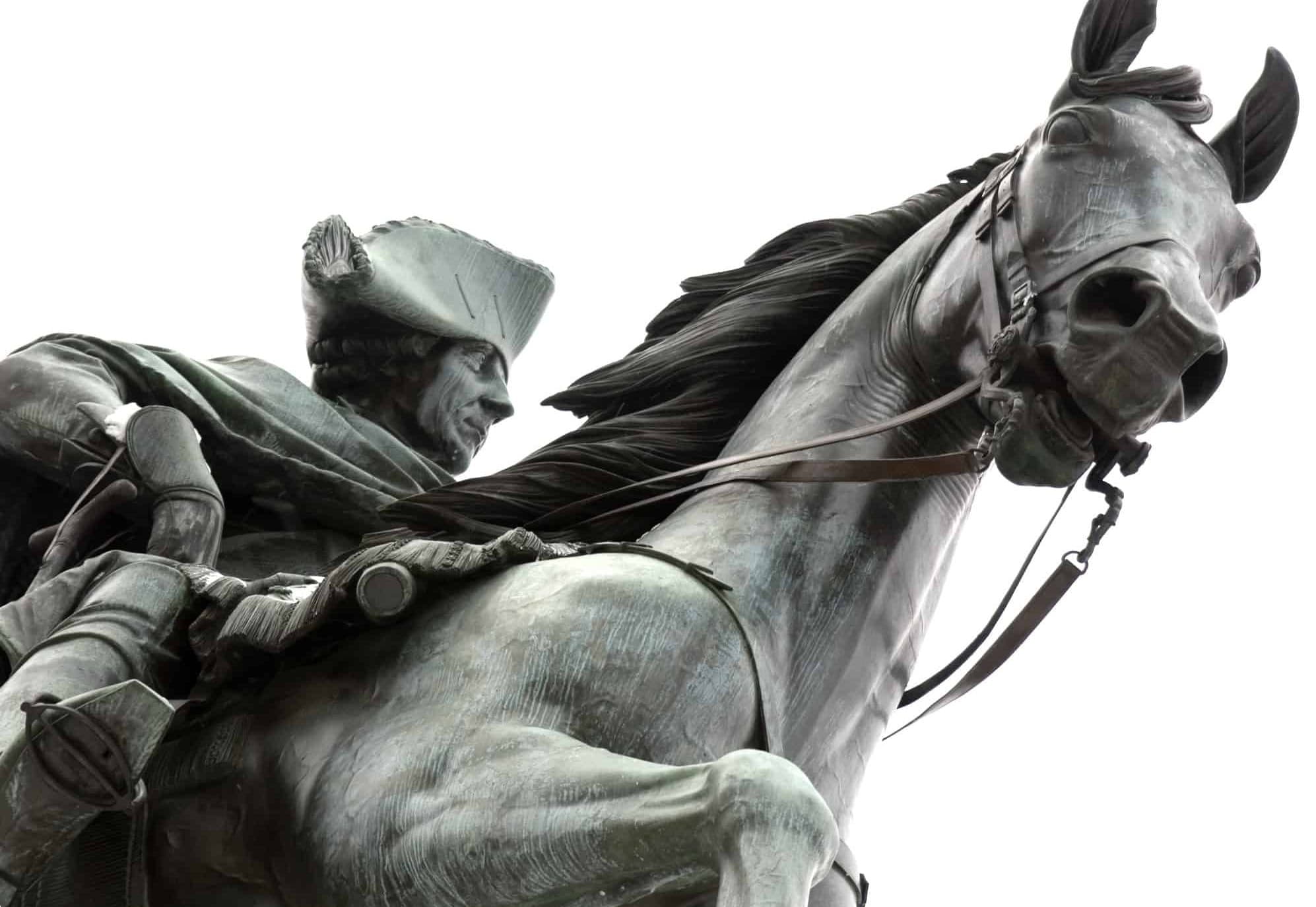
The World Wars and their legacy
Following Germany’s loss in the First World War, and the re-emergence of Poland as an independent state, nationalistic tensions grew in the Silesian region, particularly in the majority Polish Upper-Silesia. As mandated by the Treaty of Versailles, a plebiscite was to be held in the area to see whether the area should pass to the newly independent Poland, or remain under German control. Following the failure of plebiscite, armed Polish insurrection in the region followed, which was violently put down. This marked the beginning of a period of increasing ethnic, and anti-Semitic tensions. As Nazism grew, persecution intensified in the region, until the conflagration of World War II saw the area play host to the horrors of labour camps and other atrocities. The eventual fall of Breslau in 1945 lead to dramatic changes that transformed both the geography and demography of the area, which had seen roughly 70% of the city destroyed in the conflict. Into this devastated area, the Soviet Union began to forcibly relocate Poles and Germans in line with new territorial borders set out at the Potsdam Conference. Following this, tens of thousands of Poles dispossessed of land in the Soviet annexed east were forcibly relocated to the west, whereas ethnic Germans were forcibly resettled in East Germany. In the subsequent years the city has been able to reclaim its long lost Polish identity, and reclaimed its former name Wroclaw. Reconstruction and restoration saw numerous historic buildings re-emerge, and the city is once more a prosperous and thriving hub of activity.
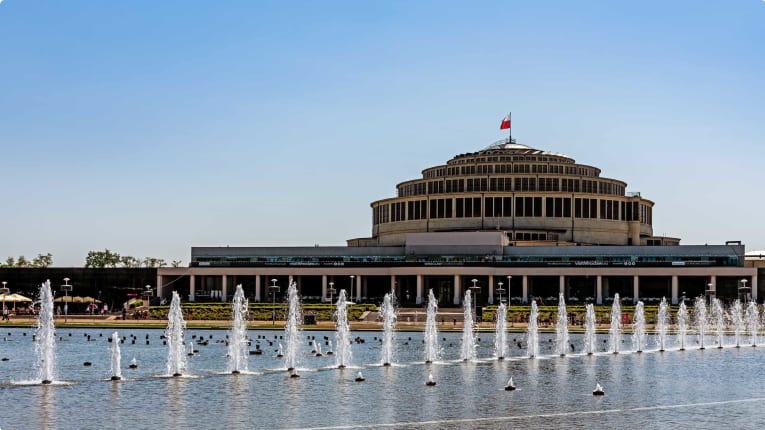
Travelling to Wroclaw
Wroclaw is an incredible place to visit on your trip to Poland, with a bounty of sights and places ideal for an easy walking tour, or for a short trip out into the surrounding region. Wroclaw is an objectively beautiful city, with an abundance of natural beauty along the Odra River, as well as its historic gothic architecture punctuating the cityscape. A tour of Wroclaw will generally take you to some of the city‘s most famous attractions, and is a good way to situate yourself in the city before exploring off on your own. A Wroclaw tour will likely set you off in Wroclaw‘s historic old town, here you can find the market square, which at 3.8 hectares is one of the largest in all of Europe. Here you can find the Old Town Hall, which dates all the way back to the 13th Century; once inside you can find a museum, as well as one of the oldest restaurants in Europe. Near to the Old Town you can also wander across to the Ostrow Tumski, or ‘Cathedral Island‘, this site is where some of Wroclaw‘s oldest history originates, dating all the way to the tribal Silesians during the European Migrations. Cathedral Island, as you might guess, features a large number of churches, including the Cathedral of St. John the Baptist, and is the perfect place for a scenic walk, with its picturesque scenery along the Odra River.
Another sight along the Odra is Wroclaw University, featuring an incredible baroque design, the university doubles as one of Wroclaw‘s most famous museums, with its extravagant decoration making for a memorable and awe inspiring scene that harkens back to the enlightenment era. Also from this era is the Raclawice Panorama, located nearby the cathedral, the Panorama depicts the 18th century Kosciuszko uprising, highlighting and valorising the centuries long Polish struggle for independence. Originally located in Lviv, the Panorama was hidden during much of the Soviet Era, due largely to its expression of Polish nationalism, this eventually came to an end in 1985 as Poland transitioned away from its communist past. Lastly, if you’re looking for a change of pace, be sure to visit Szczytnicki Park. Featuring an elegant Japanese Garden, and located just beside the UNESCO heritage site Centennial Hall, the park is a great way to take a moment and enjoy a more relaxed day. Also nearby is the Wroclaw fountain, which features enormous multimedia displays and nightly shows running from May to October. One of the best way to take in Wroclaw‘s sights and amazing history is with a small group tour, Odyssey specialises in this kind of tour, offering a tailored and familiar guided tour, ideal for the discerning traveller.
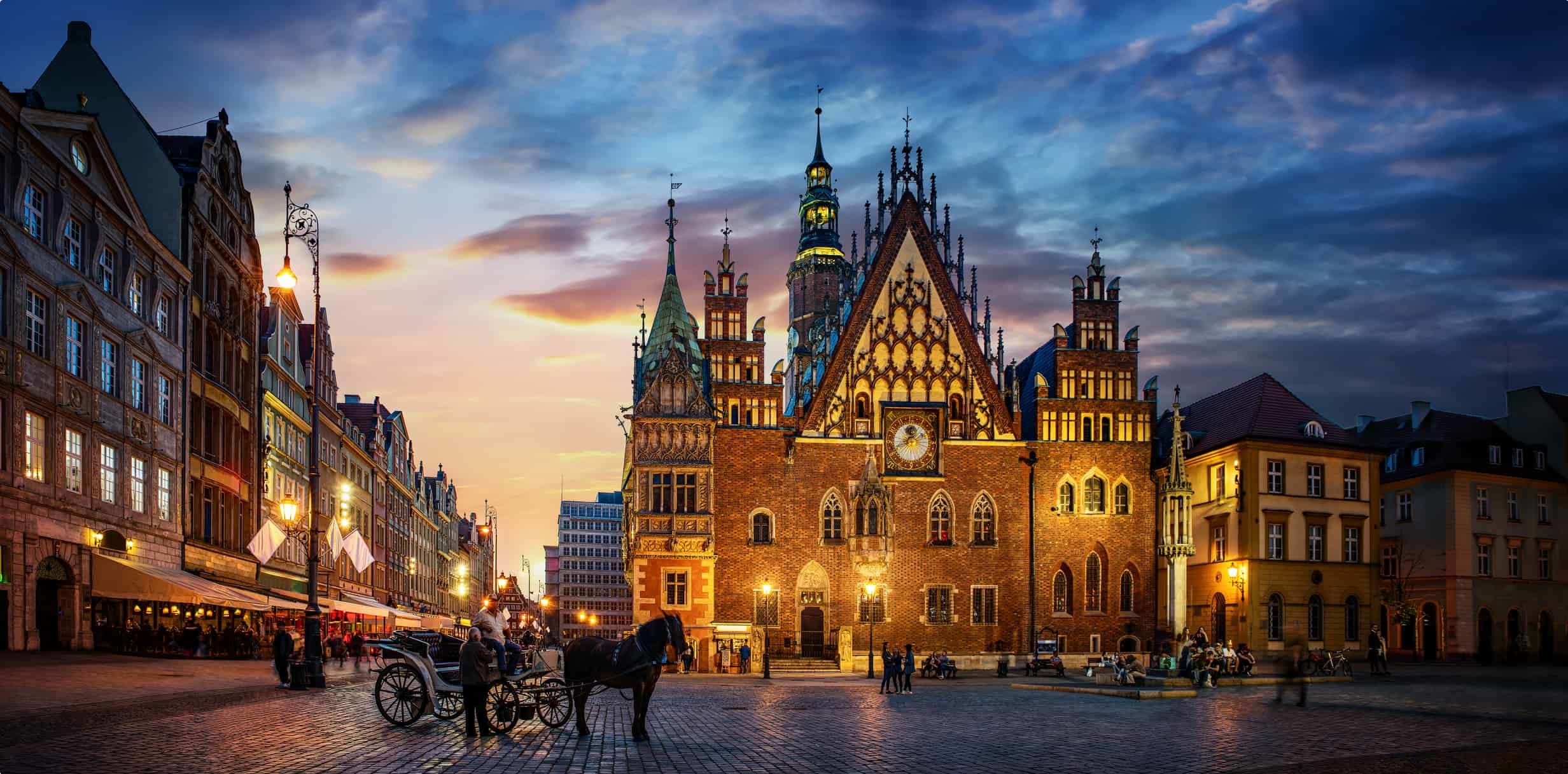
Articles

Historic Sites of Poland: The Definitive Guide for Travellers
Castles, Palaces, and Other Historic Sites of Poland Poland, situated in central Europe between Russia and Germany, welcomes many travellers eager to know more about its history and see its natural beauty. Warsaw is its capital and…
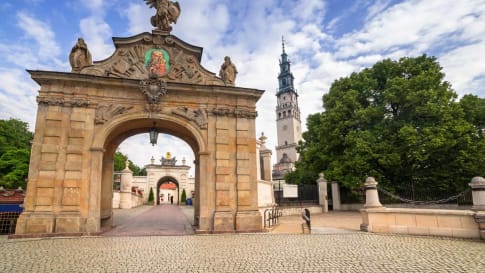
Questions about Poland for senior Travellers
Consider and Escorted small group tours for mature and senior travellers to Poland. Designed for couples and solo travellers who like to explore and enjoy learning as they travel to the historic sites of Poland including Warsaw , Gdansk and beyond.
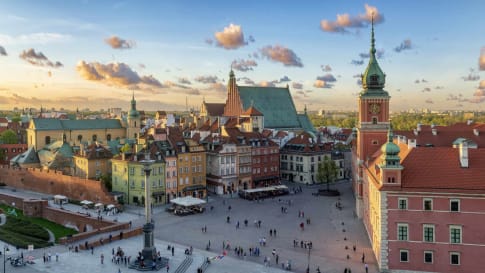
Warsaw, Poland
The History of Warsaw Warsaw, the Polish capital city, has a fascinating history of cultural and economic development in the face of foreign occupation. Emerging in the 14th century as an important central trading point,…
Related Tours
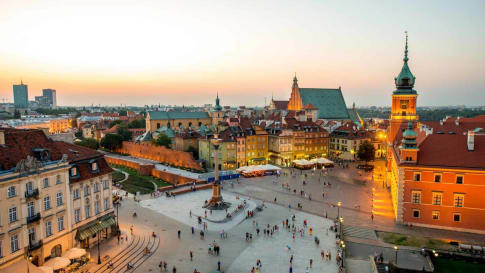
21 days
Jun, Sep, May, OctExploring Poland | Poland Small Group Tour
Visiting Poland
Odyssey's European tour of Poland provides the guests with authentic experiences in a range of key historical destinations to enjoy. Your tour leader supported by knowledgeable local guides who provide daily itineraries that often take you off the beaten path to learn more about the places visited.
From A$13,340 AUD
View Tour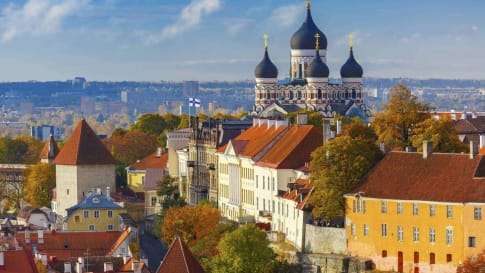
21 days
Sep, MayBaltics Small Group Escorted Tour: Latvia, Estonia, Lithuania
Visiting Estonia, Finland
An escorted small group tour to the Baltic States of Europe that explores the key destinations of this region starting in Berlin, then making its way through Poland, Estonia, Latvia, Lithuania, Finland and concluding in St. Petersburg. Each day has scheduled itineraries supported by local guides who share knowledge and authentic experiences of the places visited. This is small group travelling to the Baltics for like minded people.
From A$13,995 AUD
View Tour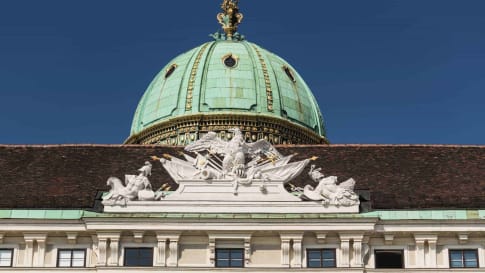
22 days
AugHabsburg Art and Classical Music small group Tour
Visiting Austria, Czech Republic
From the mediaeval jewel of Cesky Krumlow to the grandeur of the Habsburg’s summer palace in Vienna, our small group will embark on a 21 night journey to learn about these vibrant and artistically rich cities. We delve into the history of the famous artists, musicians, writers, architects and composers from Austria, Hungary, Poland and the Czech Republic.
From A$15,995 AUD
View TourArticles on Poland
These articles were either published by Odyssey Traveller or are carefully selected external sources to maximise the senior travellers’ knowledge and enjoyment of Poland when visiting:

